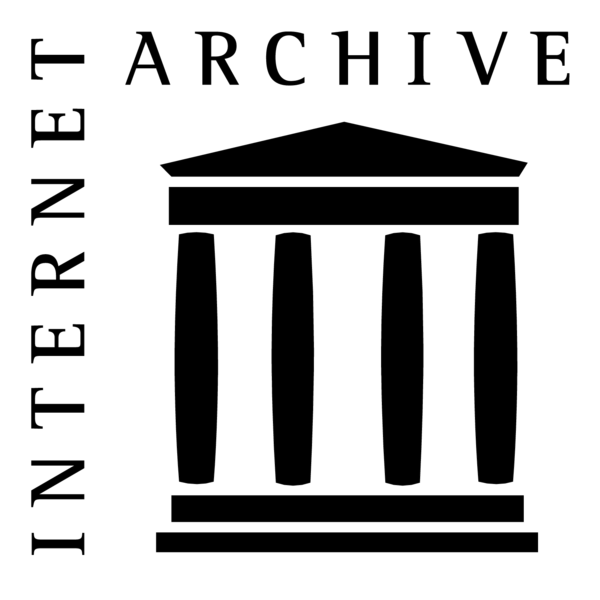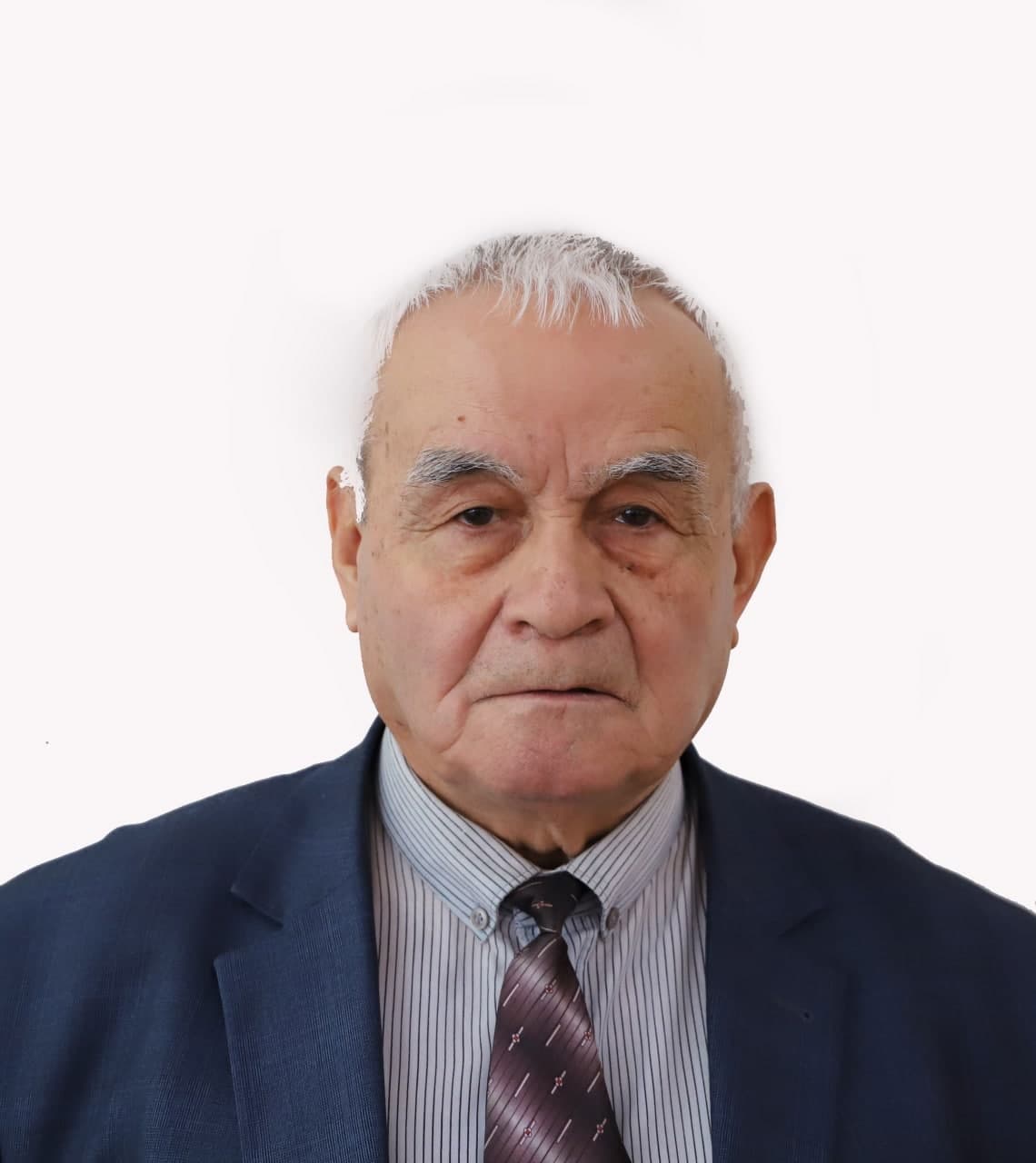Author: Djabbarova, Dilfuza Gayratovna
Annotation: The features of the organization of cognitive activity based on a creative approach in a cultural university are noted. Modern pedagogical technologies, techniques, forms, methods and means are of particular importance in creative teaching and upbringing. It is noted that modern society needs a creatively active person who is able to offer creative ideas, extraordinary projects and programs. The work presents an analysis of the basic concepts of the designated topic: “creativity” and “creativity”. A review of published works on creativity, which are used in the learning process, was carried out. It is shown that the creative potential of an individual is manifested in the ability to independently see a problem or contradiction and find an adequate solution for them; allows you to enable critical and analytical thinking; introduce methods of learning activities into a new situation; makes it possible to combine and synthesize previously learned methods of activity into new ones. Interactive technologies and teaching methods are characterized (interactive lecture, work in pairs, work in micro groups, brainstorming, test question method, training sessions, creative tasks, project method, case method, Open Space technology), which are used as a form of classes that promote implementation of creativity in the educational process. Defined by creativity indicators: fluency, flexibility, originality, receptivity, metaphor, satisfaction. It is emphasized that the effectiveness of technologies used in the process of teaching and upbringing in the formation of students’ creativity depends on the innovative nature of the activities of teachers and students; active inclusion of students in creativity; the possibility of using social and pedagogical conditions in the formation of the creative potential of the individual; organizing interaction between teachers and students in creative activities through interactive learning technologies.
Keywords: creativity, creativity, abilities, modern pedagogical technologies, techniques, forms, methods, teaching aids, potential, interaction.
Pages in journal: 230 - 239







